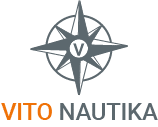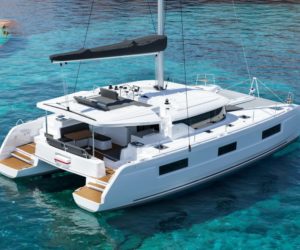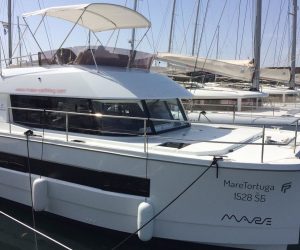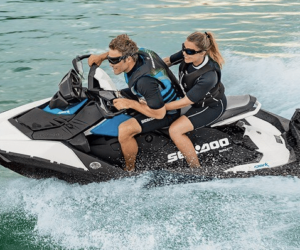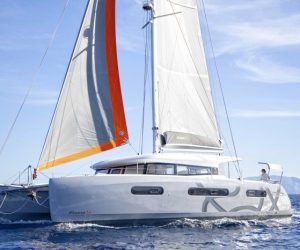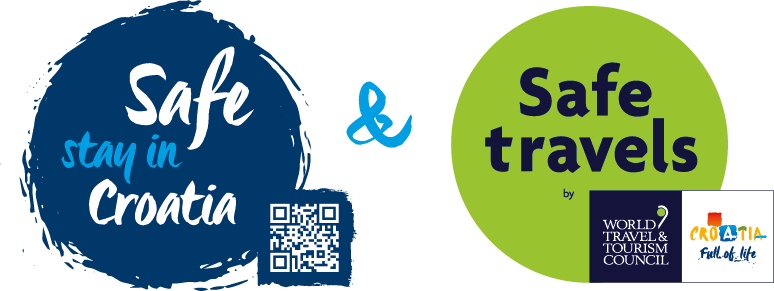Sailing with a handicap
Sailing with a handicap: barrier-free marinas and yachts in Istria

Accessibility in sailing – Why it’s important
Accessibility in sailing is not just a question of comfort, but also of inclusion. People with disabilities should have the same opportunities to enjoy sailing as everyone else. Accessible yachts and marinas make it possible to overcome obstacles and open up access to a world of adventure and relaxation. In Istria, there are already some well-equipped marinas and catamarans that are specially designed to meet the needs of people with disabilities.
Istria – A sailing region for everyone
Istria is a true paradise for sailors. With its long coastline, charming harbour towns and the crystal-clear waters of the Adriatic, the region attracts thousands of sailing enthusiasts every year. But Istria also has a lot to offer for people with reduced mobility. Numerous marinas along the coast have specialised in offering barrier-free access and services.
Barrier-free marinas in Istria
One of the best-known marinas in Istria is Marina Veruda in Pula. This marina offers an excellent infrastructure that is specially designed to meet the needs of people with disabilities. Wide jetties, wheelchair-accessible entrances and sanitary facilities make mooring and casting off here particularly convenient. The marina in Rovinj is also one of the barrier-free options, with modern facilities and attentive service.
Barrier-free catamarans – sailing without restrictions
Catamarans are often the preferred choice for people with disabilities, as they offer more space and stability than monohull yachts. In Istria, there are several providers who have specially equipped catamarans for accessible sailing in their programme. These yachts are equipped with wide doors, non-slip floors and wheelchair-accessible cabins. In addition, many of these catamarans are designed to allow easy access to the water via lifting devices or special ramps.
An outstanding example of an accessible catamaran is the Lagoon 42, which can be chartered in several marinas in Istria. This yacht not only offers luxurious comfort, but also sophisticated equipment that makes sailing pleasant and safe for people with disabilities.
Planning and preparation – Important tips for a successful cruise
Anyone planning a sailing trip with a handicap should consider a few important points. Firstly, it is advisable to contact the accessible marinas and yacht providers in Istria in advance. This will ensure that all the necessary facilities and services are available. In addition, the special needs of the crew members should be clearly communicated to ensure smooth organisation.
Route planning also plays a crucial role. In Istria, there are numerous sheltered bays and well-equipped marinas that allow for a safe and comfortable stay. We recommend the islands of Brijuni and Cres, for example, which are not only scenic but also well suited for barrier-free excursions.
Our summary
Sailing with a handicap in Istria is a realistic and rewarding option thanks to accessible marinas and catamarans. The region offers a multitude of opportunities to experience the beauty of the Adriatic without any limitations spoiling the fun. Whether beginner or experienced sailor – in Istria, everyone will find the right yacht and marina to spend unforgettable days on the water.
